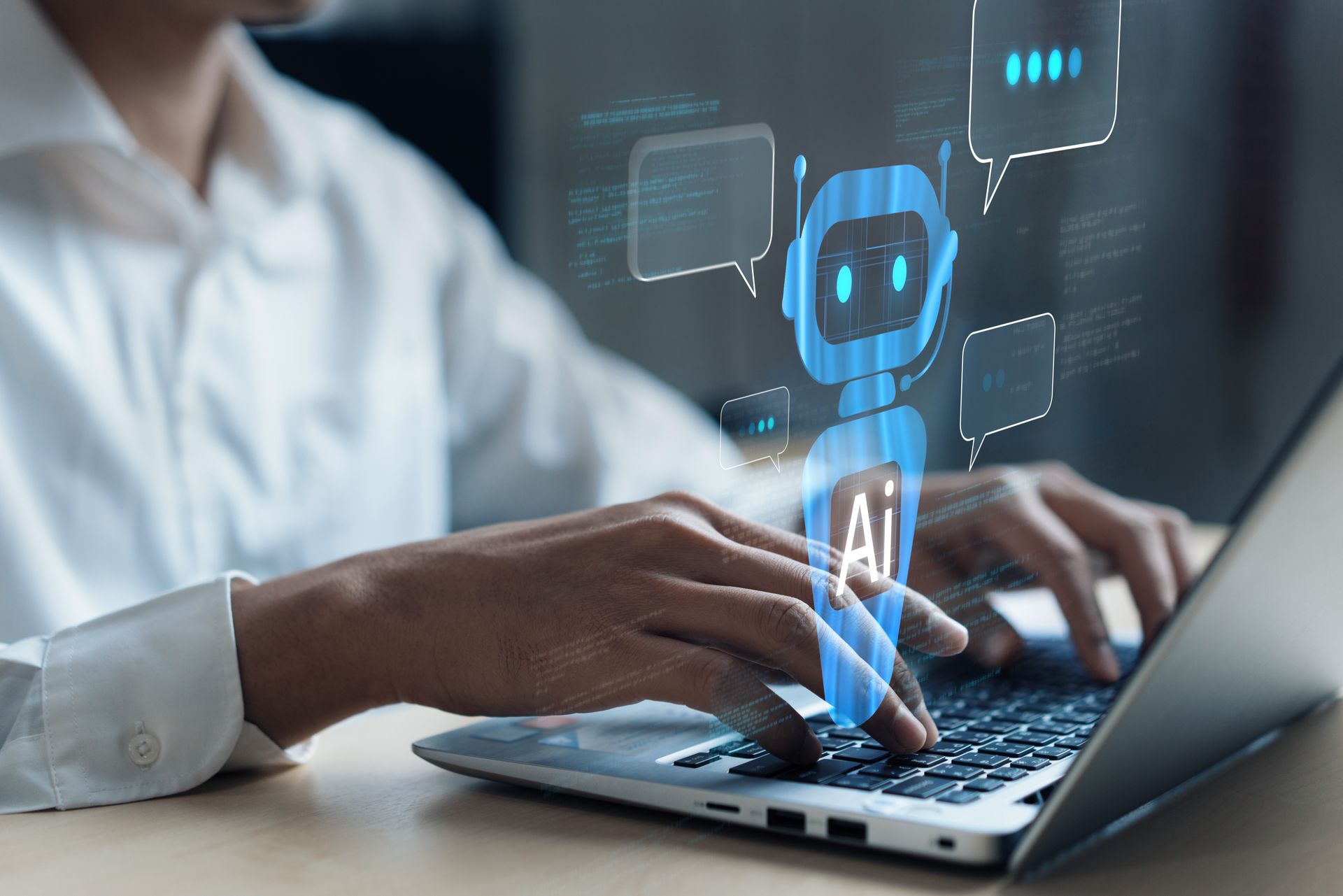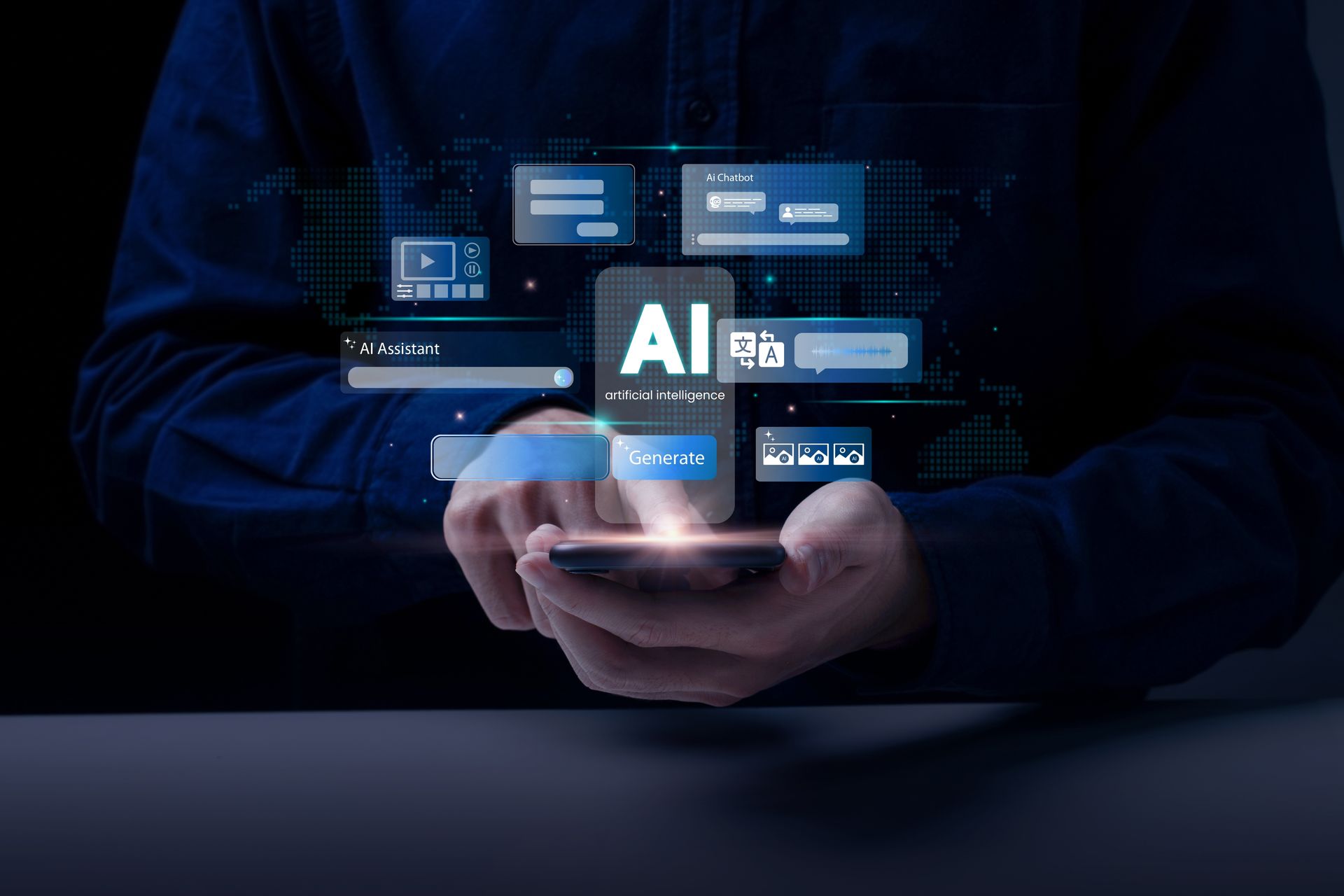Generative AI Models
Introduction
Generative AI is one of the most exciting frontiers in artificial intelligence by revolutionizing the way we create, innovate, and solve complex problems.
From creating realistic images to composing music, developing art, to helping discover drugs, the capabilities of this technology are countless and expanding.
The following pages examine the concepts that underpin generative AI, its technologies, applications, challenges, and future trends with practical insights on how to adopt this technology.
Definition of Generative AI models

Hence, generative AI is a subset of artificial intelligence whereby it generates new data that is similar to the internal structure of the input data.
Unlike normal models of generative AI work, where the system fetches and categorizes already existing data, generative AI actually can create new content-images, texts, music, even scientific ideas.
These models are developed to learn patterns in labeled data from their training data and generate new plausible outputs based large language models, on such understanding of labeled training data.
The Very Short History and Evolution of Generative AI.
Generative AI models rest on research early in the study of probabilistic models and neural networks. Early methods include Hidden Markov Models, used to generate text and speech.
More complex techniques emerged later-on, particularly Variational Autoencoders and Generative Adversarial Networks, which greatly shaped the field.
Generative ai system has arrived at a level of sophistication and utility not seen before with transformers and large-scale pre-trained models.
Importance and Relevance
Generative AI system is such an important technology because it is a new approach to breaking traditional boundaries of solving a problem and creating content.
Having the ability to generate novel data on its own has massive implications across so many industries.
Major Breakthroughs and Industry Impact
A great breakthrough in the invention of generative AI came when Ian Goodfellow invented GANs in 2014. The result is a model that can generate highly realistic images, from faces to landscapes.
Since then, there have been other inventions like OpenAI's GPT models, which had a tremendous impact, mainly in natural language processing.
Today, the facility of generative AI makes it easier to gain great results in entertainment, healthcare, and finance, where automation and creativity can go to scales that could not have been imagined in the past.
Core Concepts of Generative AI Models

Generative Models Overview
Deep Generative models come in many forms, each with ai model of artificial intelligence and its own strengths:
- Generative Adversarial Networks (GANs). GANs consist of two neural networks: the generator and the discriminator. These recurrent neural networks work together to produce effective outputs.
- Variational Autoencoders (VAEs). VAEs use probabilistic reasoning to generate new data from compressed representations of input data, which is very useful for anomaly detection and unsupervised deep learning for applications.
- Autoregressive Models: These models, like GPT, build data in a sequential manner by making predictions for the next element given previous elements.
Key Components and Architecture
In GANs, for example, the two major parts are the generator and the discriminator.
The generator attempts to produce data as realistic as possible to the data of the actual dataset; meanwhile, the discriminator attempts to differentiate between real and generated data.
This adversarial process should drive the generator into producing good-quality results.
VAEs use the encoder-decoder architecture; the encoder compresses the input data and the decoder reconstructs the data, thereby injecting some randomness in the process.
Training Process
Training generative ai models is computationally expensive. Models need large amounts of datasets to get the nuances of natural data.
High-performance hardware like GPUs and TPUs are required to handle this enormous amount of computation, especially for models like GANs, where there needs to be a fine balance between the generator and discriminator so that problems like mode collapse (where the generator produces limited variations of the data) do not occur.
Key Technologies and Techniques

-GANs: Generative Adversarial Networks
Generative GANs are the core technology in generative AI.
They operate as described above where two neural networks interplay by the generator learning to generate its output until it cannot easily trick the discriminator into believing the generated output is real.
Generative applications include DCGANs, which allows images to be generated at higher resolution levels than displayed, and StyleGAN, where more nuanced control over the generated images can occur.
For example, other using generative AI models like controlling facial features or backgrounds within pictures can occur.
-Variational Autoencoders (VAEs)
VAEs are brilliant at the new data generation task starting from compressed latent spaces.
They shine in more creative applications where variations of a known dataset make sense-product variations or object variations are useful.
Their nature in probability handling, along with uncertainties and diverse output creation, makes the model look promising.
-Autoregressive Models
The best-known autoregressive models are GPT (Generative Pre-trained Transformer) models, which generate coherent text in context of previous input.
They have fundamentally changed how natural language processing and code generation, and promise enabled incredibly advanced chatbots, content generation, and even some code generation and completion tools.
-Diffusion Models
A new family of techniques called diffusion models work by making a sequence of small reversible steps that transform noise and sample the space to randomly draw structured data.
What draws much of the interest in these models is their capacity to produce high-fidelity images while simultaneously learning very complex data distributions.
This makes them highly appealing for fine-grained control applications.
Application of Generative AI models

-Content Creation
Generative AI has transformed content creation.
It is possible to write articles using the right text-generating models, like GPT, in order to create dialogue for characters or even entire books.
Meanwhile, the likes of DALL-E or Stable Diffusion can generate intricate images based on text descriptions. Video and music generation are also emerging frontiers.
-Art and Creativity
AI-generated art is a new category in which artists are using GANs and VAEs to come up with original, striking works of art.
AI compositions have also been used to create new music that intermingles different genres and styles, therefore enhancing human creativity and giving a new direction to old forms of art.
-Healthcare
It has really proven to be very important for the medical field. For instance, Generative
AI enables drug discovery, which actually creates new molecules and compounds that might have taken years to discover with the traditional approach.
In medical imaging, benefits of generative AI can clearer scans with details of early disease detection.
It also deals with personalized medicine by tailoring treatments to individual genetic profiles.
-Gaming and Entertainment
In game development, generative AI capabilities can create procedurally entire worlds, levels, even characters, thus saving development time but delivering experiences that are much more dynamic and personified.
Virtual environments in movies and VR experiences equally benefit like any other landscape from generative AI works.
-Finance
Application in finance industry: The use of generative AI in the finance industry can be in the way of using synthetic data generation to improve financial modeling, testing new models, and risk assessments.
It would be possible to create artificial intelligence datasets that maintained statistical properties without sensitive information, thereby using human intelligence and artificial intelligence together and improving security and compliance.
Limitations and Challenges

-Ethical Considerations
The capacity of generative AI to produce extremely realistic content has caused many ethical alarms, especially with deepfakes.
These manipulative videos or images pose critical risks in the domain of misinformation, political manipulation, and breach of privacy.
More regulations over the use of these technologies are becoming increasingly important.
-Bias and Fairness
Such generative AI systems can inherit all of the biases that may exist in the data they are trained on and produce problematic outputs as a consequence.
Apart from fairness and mitigation of bias, these models are highly diverse, which is an ongoing challenge.
-Resource Intensiveness
These generative artificial intelligence are computationally expensive to train and use; they, in essence, consume a lot of energy.
Such associations evoke concerns about the environmental impact and the accessibility of such technologies, particularly for the smaller companies or research institutions with limited resources.
-Quality and Realism
Though the generative models made great progress, there is still a big challenge that they need to overcome: producing consistently high-quality and realistic output.
Common problems with current models are artifacts in images or incoherence in text generation, and closing the gap between generated and real data is needed, with evolving models.
The ongoing research is focused on improving the generative architectures.
Hybrid models combining different types of generative modeling techniques or improvement in transformers is going to be the future more efficient, versatile, and powerful models.
-Multimodal Generative AI
Multimodal: The Future of other Generative AI models. The addition gen ai- of text, image, audio, and video generation to the large language models- will bring much more immersive and dynamic applications-most notably AI-driven virtual assistants that understand and produce content not limited large language models but by natural language processing individual media types.
-More Efficiency
There is already significant work going into reducing the resource intensity of generative models.
Researchers are making good use of pruning and quantization techniques that decrease the size of a model without the loss of performance in generative systems.
This is key to decreasing the environmental impact and democratizing access to the technology of generative AI applications.
-Ethical and Responsible AI
As these technologies become powerful, the ability to develop ethics guidelines and frameworks is being called at an increasing rate.
At deployment, there is going to be a huge need for transparency, fairness, and accountability to prevent and deter misuse and build trust and human feedback.
Case Studies

High-Impact Implementations
The other major example is OpenAI's GPT-4 with which it broke the lid off the content generation and automation industry in the sectors associated with customer service, writing, and programming.
The other case in point is DeepMind's AlphaFold, where generative models predict protein structures with information as a landmark achievement in artificial intelligence in the field of biology and medicine.
These applications highlight diversity in training data, transparency of the process, and bringing innovation together with ethics.
For instance, GPT models are sensitive to fine-tuning else biased or harmful outputs might be created during the generation. This further points towards responsible AI usage.
Development with Generative AI models
- Choosing the Right Model
For a choice of generative model, one must consider the application, availability of data, and requirements for performance.
GANs or diffusion models are ideal for image generation, while text and image generation is more likely to fall on the back of an autoregressive model like GPT.
- Frameworks and Tools
Popular frameworks such as TensorFlow, PyTorch, and END Hugging Face Transformers have made the development of generative AI solutions accessible.
These tools offer pre-trained models and extensive libraries for customizing and deploying generative models into production environments.
- Best Practices
Best practices of generative AI include robust curation and preprocessing of data, being computationally efficient, and including fairness checks to avoid biased outputs.
Models must be monitored and fine-tuned post-deployment for them to continue performing well and having their ethics in check.
- Ethical Considerations
Managing responsible use of generative AI involves adherence to fair ethical frameworks-the data privacy and general principles for fairness in AI.
For the purposes of clear rules and accountability, these would provide protection against intentional misuse and foster trust in AI-generated content.
Conclusion
It opened frontiers for AI in terms of generating content in most domains that is realistic and original, rather than being generated by a machine.
Whether healthcare or entertainment, applications remain wide and profound due to the fact that endless research is carried out that makes the models more efficient, multimodal, and ethically sound.
Companies such as Thinkingstack are the front-runners in adopting generative AI technologies, which is propagating innovation across the different sectors.
Organizations have a responsibility to dig into and embrace generative AI responsibly, utilizing its full potential as they operate under the highest ethical considerations.
Generative AI has a bright future for further progress on the architecture, efficiency as well as on the multimodality fronts.
It will also result in resulting in people's ability to express more creativity, thereby solving some of the most critical industry-specific challenges with an enduring impact on society at large.
Frequently asked questions (FAQs)
1. What is Generative AI and how does it differ from traditional AI?
Generative AI refers to AI systems that can create new data, such as images, text, music, or videos, that resembles the original dataset they were trained on. Traditional AI typically focuses on recognizing, classifying, or predicting existing data, whereas generative AI can produce original, unseen outputs.
2. What are the most common types of generative models?
The most common types of generative models include:
- Generative Adversarial Networks (GANs)
- Variational Autoencoders (VAEs)
- Autoregressive models (such as GPT)
- Diffusion models (emerging for high-quality image generation)
3. What industries benefit the most from generative AI?
Generative AI has a wide range of applications across various industries, including:
- Content Creation: Automated generation of text, images, music, and videos.
- Healthcare: Drug discovery, medical imaging, and personalized medicine.
- Gaming and Entertainment: Procedural content generation and virtual environments.
- Finance: Synthetic data generation for financial modeling and risk assessment.
- Art and Creativity: AI-generated art, music, and other creative projects.
4. What are the ethical concerns surrounding generative AI?
Major ethical concerns include the creation of deepfakes (manipulated media), the potential for spreading misinformation, bias in AI-generated outputs, and the resource-intensive nature of training large-scale models.
Responsible use and the development of ethical guidelines are crucial to mitigating these issues.
5. What is the future of generative AI?
The future of generative AI is focused on advances in model architectures, improved efficiency, and the development of ai model of multimodal AI systems that can both generate content from and understand text, images, audio, and other data types. There's also growing attention on ethical AI and making models more energy-efficient and accessible for wider use.